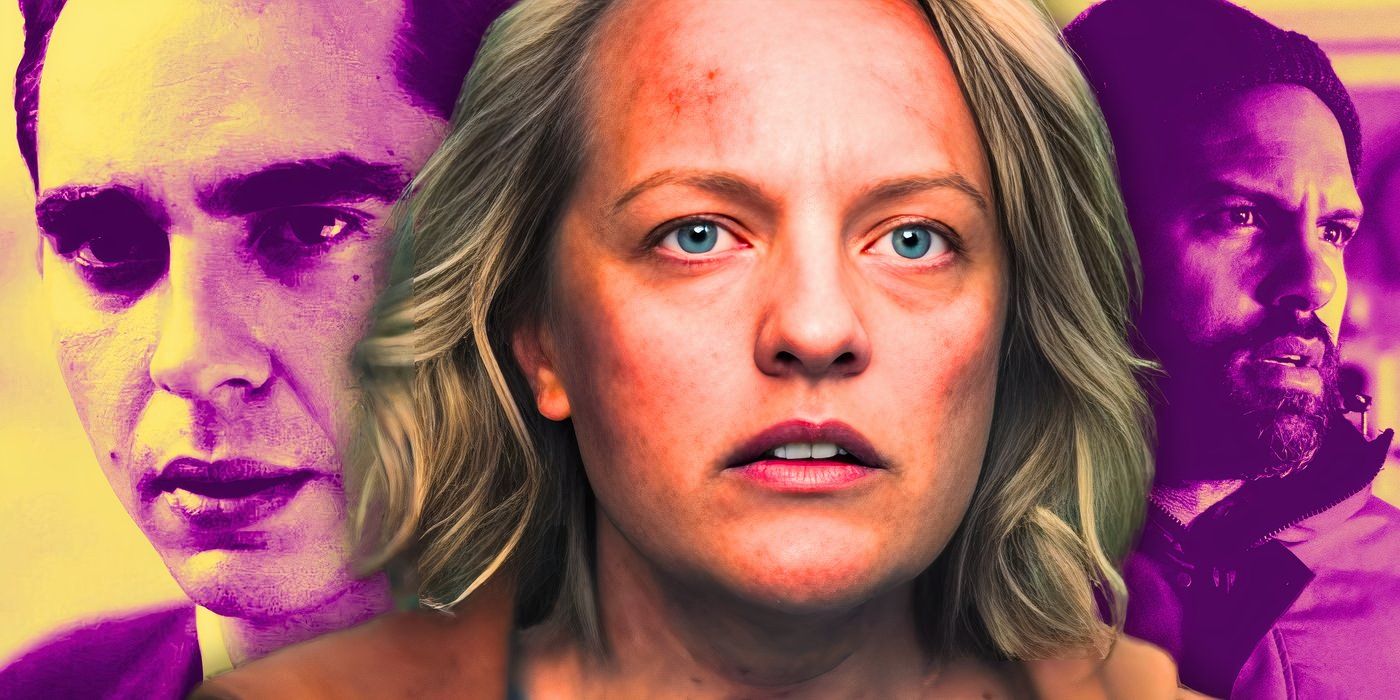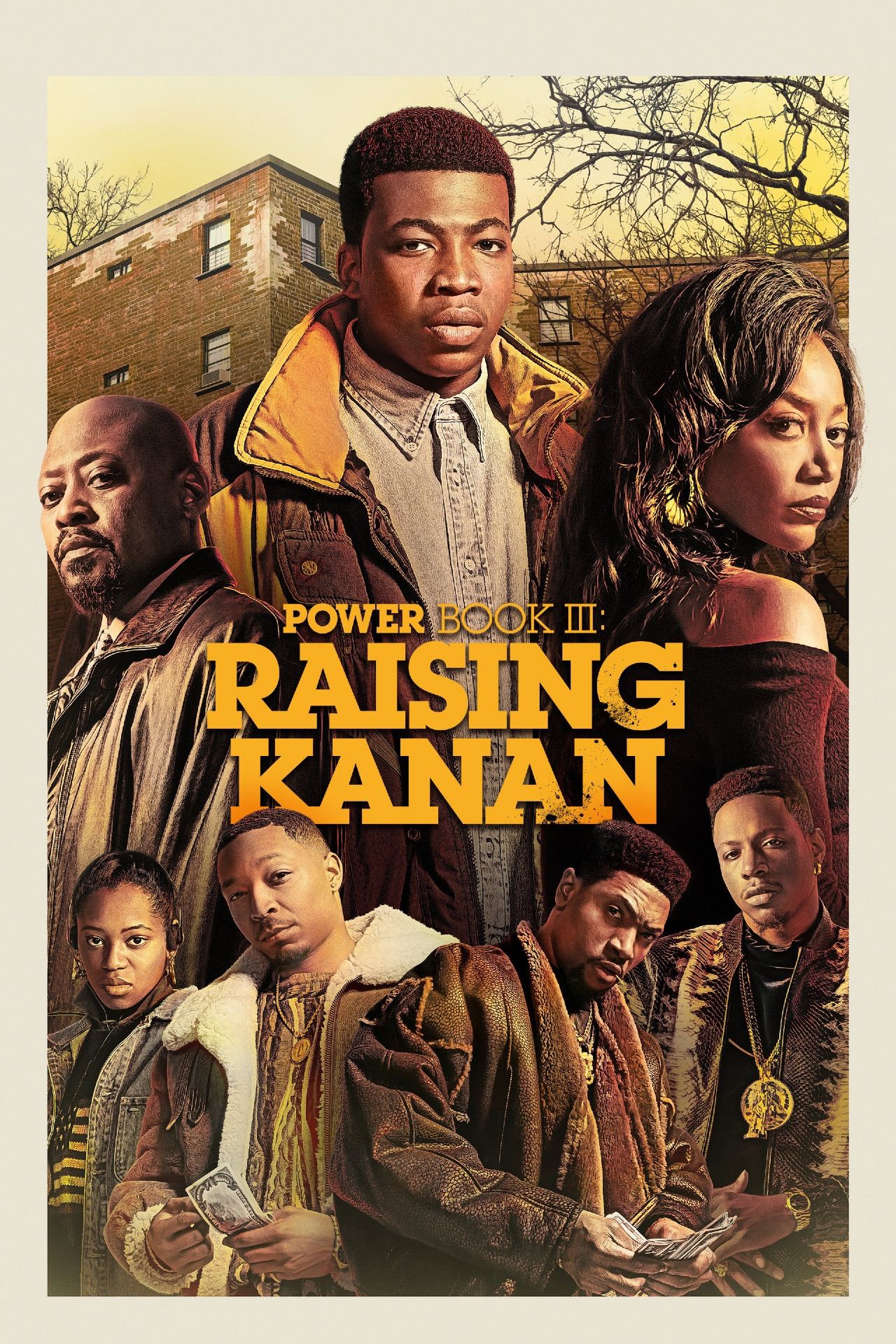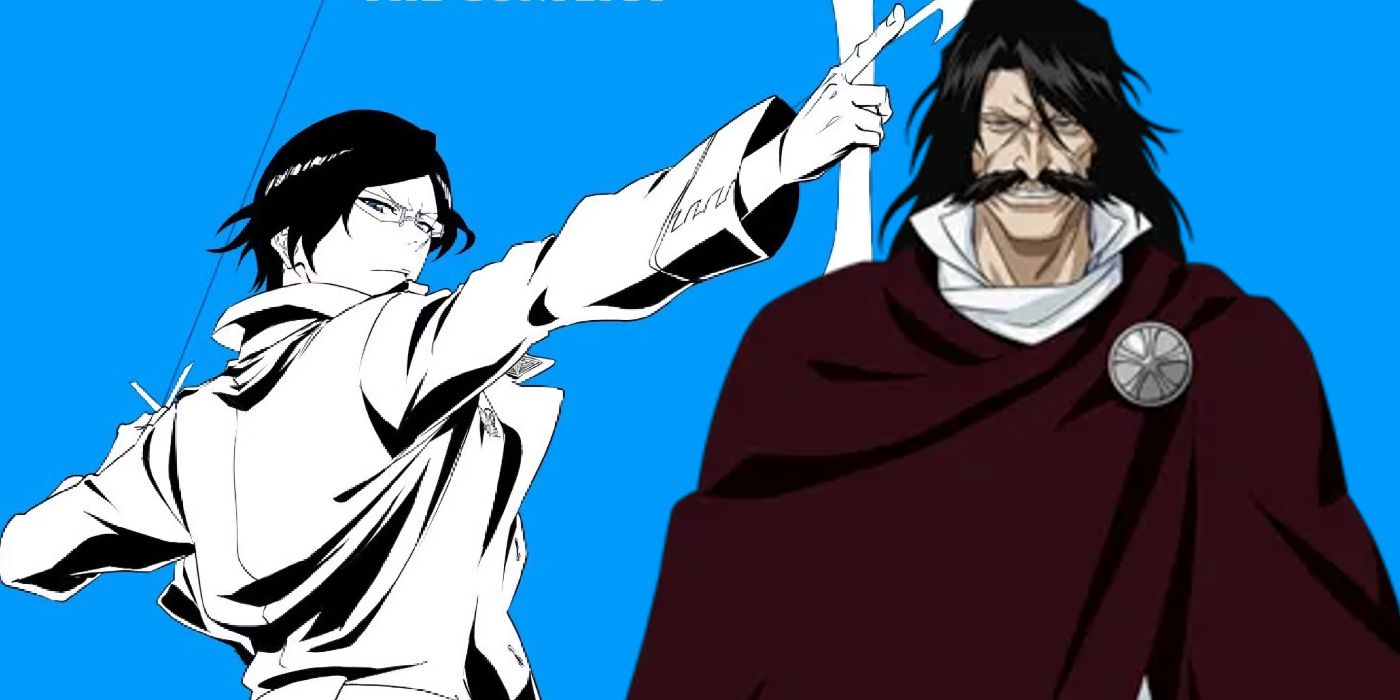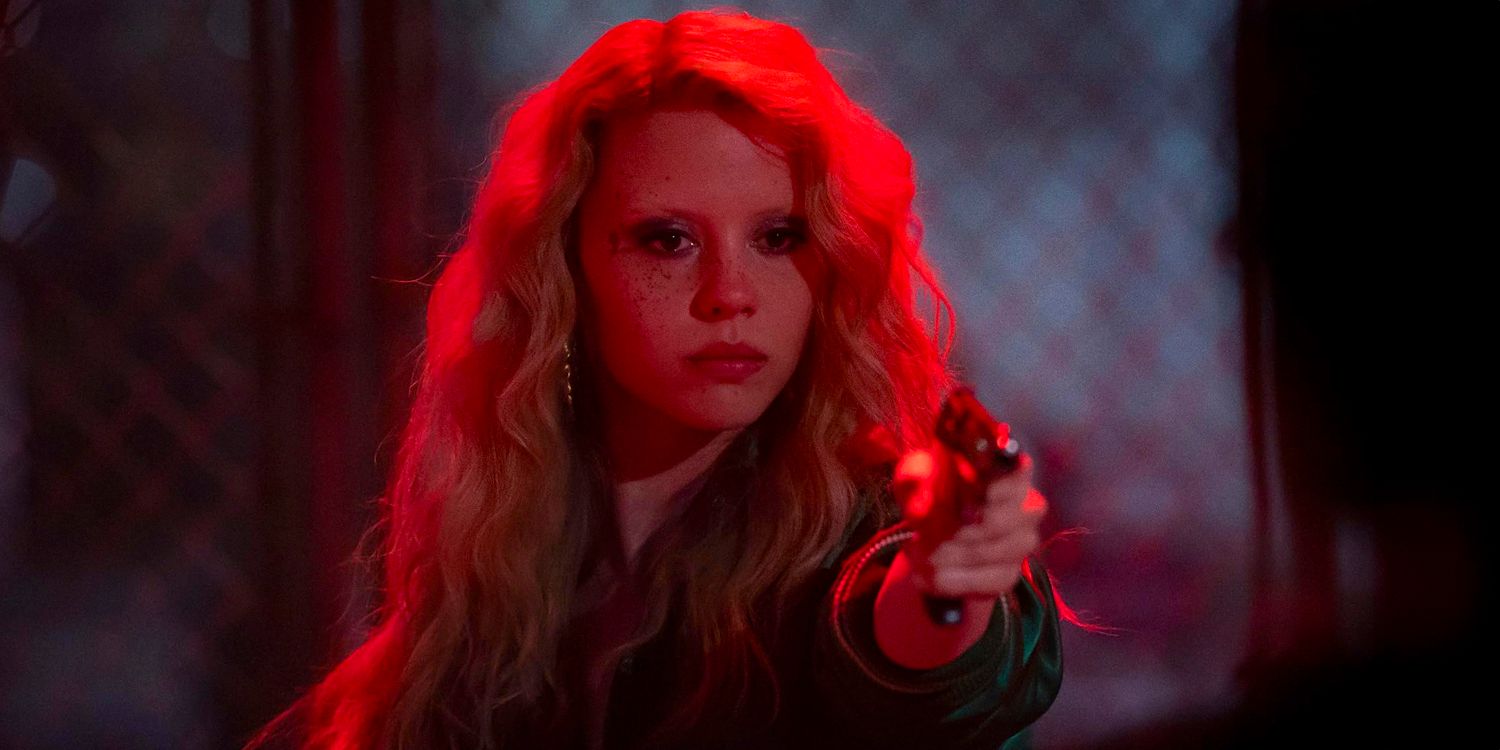When the original Star Wars rolled into theaters back in 1977, it was a groundbreaking movie experience that transcended expectations, introduced a longstanding film industry obsession with space operas, and set a new precedent for Hollywood blockbusters. But with so many hands in the pot over the past 40-plus years, Star Wars has become less a creative entity and more a commercial empire , harvesting a collective helping of backlash and criticisms too big for any one galaxy to hold. With The Last Jedi – the franchise’s 8th canonical feature length entry in the saga -Rian Johnson wrote and directed the penultimate chapter in the Skywalker Saga, taking over the reins from J.J. Abrams, and delivering arguably one of the most divisive Star Wars movies since The Phantom Menace.The Last Jedi does a fine job as a contributing chapter in the Star Wars franchise, but when it comes being a successor to The Force Awakens, it falls short. There are blatant examples of retconning, ignored plot devices from the previous film, and certain narratives stopped dead in their tracks. Johnson has defended his choice of disregarding certain elements set up in The Force Awakens, but that disregard hasn’t necessarily made the transition from Episode VII to Episode VIII any less jarring. However, before we jump into why The Last Jedi fails in being a solid sequel, it’s only fair to point out why it fits so well with the larger Star Wars universe.Related: How The Last Jedi Retconned The Force Awakens’ Original Plans
Why It’s a Good Star Wars Film
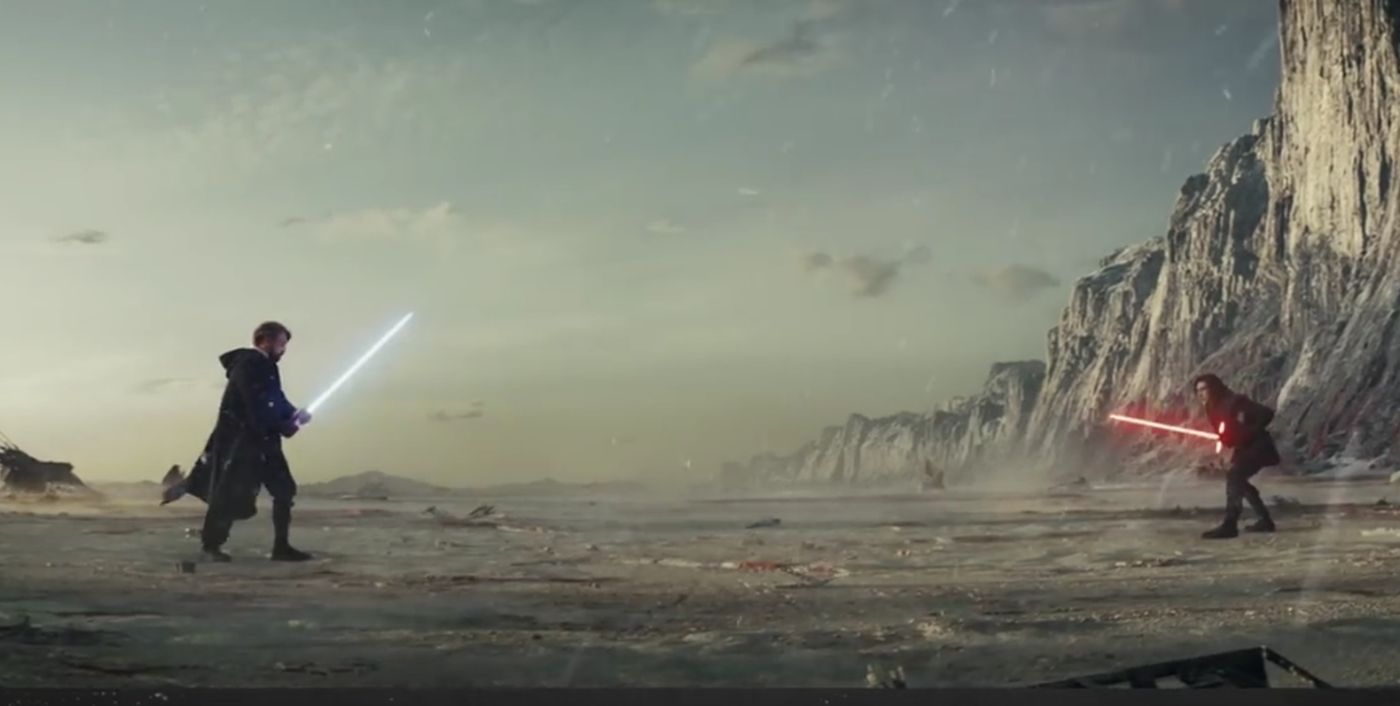
The Last Jedi overcomes the challenge of following a longstanding Star Wars formula, while also simultaneously breaking the formula altogether. Aside from the massive twist that was Darth Vader revealing himself to be Luke Skywalker’s father, the franchise isn’t known for its surprises. With the original trilogy, the battle between the Light Side and the Dark Side followed a basic “good guy vs. bad guy” theme. The whole point of the prequels was knowing exactly where and how certain characters would end up. And with The Force Awakens, Abrams played things pretty safe, hitting all of the nostalgia buttons. However, The Last Jedi toyed with expectations, creating something bold, daring, and emotionally challenging.
When The Empire Strikes Back was released, it wasn’t as universally beloved as you might believe. The Washington Post said that its vision of the future “is depicted as a pastiche of other junk-culture formulae” and The New York Times said that it was “about as personal as a Christmas card from a bank.” Ultimately, however, fans and critics came to the conclusion that Empire was daring to defy expectations, and now Empire is considered by many to be the best film in the franchise. This isn’t to say that The Last Jedi will follow suit by default, but it’s a solid example of how receptions can evolve once the shock of an upended formula wears off.
Related: Star Wars: The Last Jedi Completes The Prequels’ Story
The Last Jedi also bridges narrative threads from the prequels. Everything between The Phantom Menace and Revenge of the Sith depicts the downfall of the Jedi Order. We hear about their heroic legacy, but we’re shown very little of it in the present. Consumed by their inability to look past their stubborn ways, their clouded decisions lead to the fall of the Republic and the end of the Jedi Order itself. It’s not until The Last Jedi that Luke accepts the responsibility of the Jedi and redeems them, tying together some loose ends.
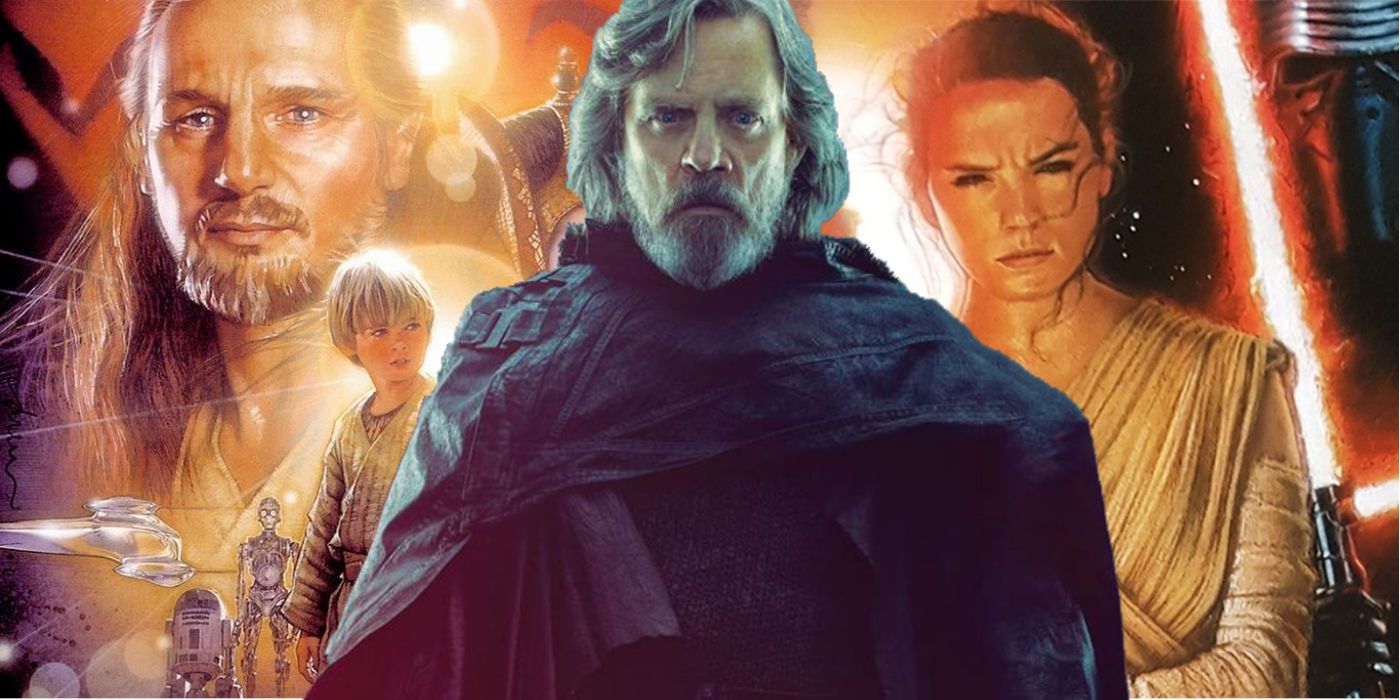
In The Phantom Menace, Qui-Gon Jinn and the Jedi Council reference the prophecy of a Chosen One bringing balance to the Force. It doesn’t go quite as planned (Anakin becomes Darth Vader, Luke swears off the Jedi Code altogether), but The Last Jedi depicts how the prophecy has evolved, as well as how it has taken on new meaning. After two years of speculation about who Rey’s parents might be, it turns out that she came from nothing. As Kylo Ren’s powers grew stronger, he kindled the Force’s flame, “awakening” it inside of the most unlikely people, and thus reintroducing the prophecy. Combined with Luke’s reassessment of the Jedi Code, all of this bleeds together, giving the prophecy more weight than it ever had before. Luke preaches about the grey area between the Light Side and the Dark Side, which, by definition, refers to balance. Rey (and even Kylo Ren, if you still believe he’s not out of reach of redemption) represents that balance, and in turn may well be the Chosen One. You can argue that Luke is actually the Chosen One, having been the one who introduced the concept of balance to Rey in the first place, but whichever way you spin it, the prophecy still holds strong.
Where The Last Jedi also succeeds as a Star Wars movie is in the way it handles its characters – old and new. By all accounts, this is Luke Skywalker’s swan song, which is to say this is very much Luke’s movie. A la Joseph Campbell’s “Hero’s Journey,” we see Luke’s Call to Adventure, his Refusal of the Call, his Atonement, and, finally, his Return. That said, though, Johnson also offers a peek into the lives of characters outside of the Skywalker ethos. Yes, their journeys have been affected, if not set in motion, by Luke, but they represent the beginning of an official extended universe within the Star Wars canon. Everyone from Rey to the Broom Boy (FYI: his actual name is Temiri Blagg) have been given the keys to whatever Lucasfilm has up its sleeves for the future, and Johnson perfects his balancing act in handling sendoffs and introductions with Jedi Master precision.
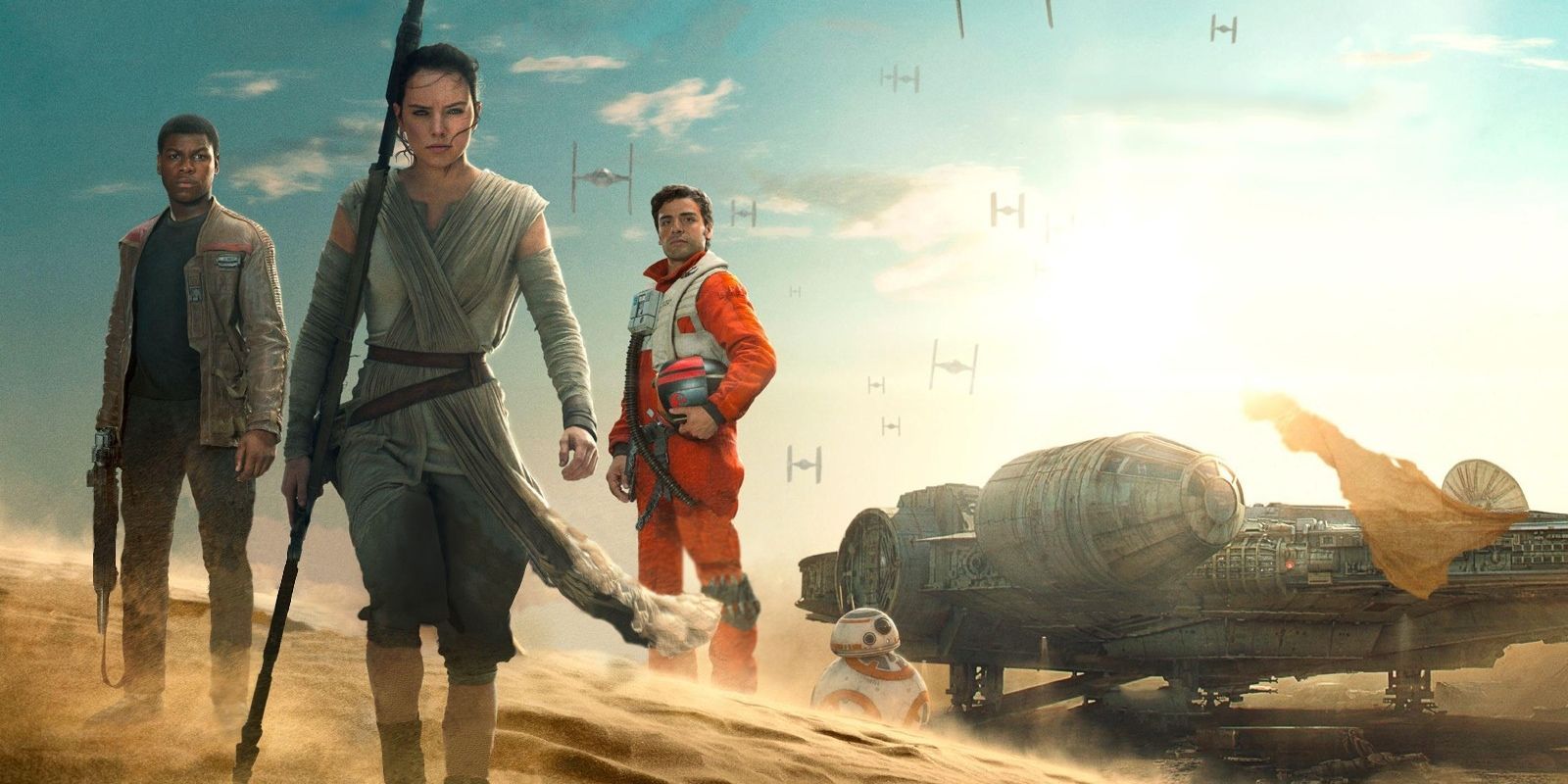
Why The Last Jedi is a Bad Force Awakens Sequel
The Last Jedi does a hell of a job honoring past films in the Star Wars saga. As mentioned before, it ties up loose threads from the prequels and honors the Skywalker storyline from Lucas’ original trilogy. Ironically, though, despite their back-to-back placement in the franchise, The Force Awakens is the only film it pretty much ignores. Plenty of sequels from other franchises have gone the route of retconning films that preceded them (see Halloween H20, Evil Dead II), but Star Wars isn’t just your standard franchise. It’s a cinematic landmark.
Still, Rian Johnson didn’t seem to have much of a problem with subverting expectations set in motion by J.J. Abrams. Before Rey storms off in the Millennium Falcon, Luke tells her: “This is not going to go the way you think” – which is also a message to the audience of die-hard Star Wars fans. Shortly after Rey and Luke’s dramatic first meeting, Johnson has Luke casually toss aside his old lightsaber, despite all of the buildup from The Force Awakens’ final scene. From there, the subversions only get more and more blatant.
Related: Kylo Ren Voted Seventh-Greatest Movie Villain
Supreme Leader Snoke is introduced in The Force Awakens, brimming with power and shrouded in mystery. He’s set up as the new trilogy’s main villain, but in The Last Jedi, he is killed off in the middle of gloating. Narratively, it makes for a solid twist, throwing off the audience by making Kylo Ren the new Supreme Leader; on the other hand, it also arguably gives the middle finger to the character. Disney can easily release a comic or novel detailing Snoke’s backstory, but given the fact that film audiences don’t know A) where he comes from, B) why he’s so powerful, and C) why his motives are so directly linked to the Emperor’s, Snoke ultimately feels like a complete waste of a character. J.J. Abrams has garnered a reputation for having lackluster payoffs to layered setups (see Lost, Super 8), but in this case, he’s off the hook. Johnson is definitely to blame.
Other characters given the shaft include The Knights of Ren and Maz Kanata. The former can be assumed to be Ben Solo’s fellow Jedi Apprentice’s training with Luke at the Jedi Temple, but why bother introducing them in the first place? Johnson has stated that his movie would have just been far too bloated had he included them, but leaving out even the slightest shred of an explanation just makes it seem as though Johnson didn’t really care all that much about picking up threads from The Force Awakens. As for Maz, whether Abrams had a bigger agenda for her or not, Johnson saw fit to shoehorn her into a single scene just for the sake of showing a familiar face. There’s no mention of how she came across Luke’s lightsaber or even why she has such strong ties to the Resistance.
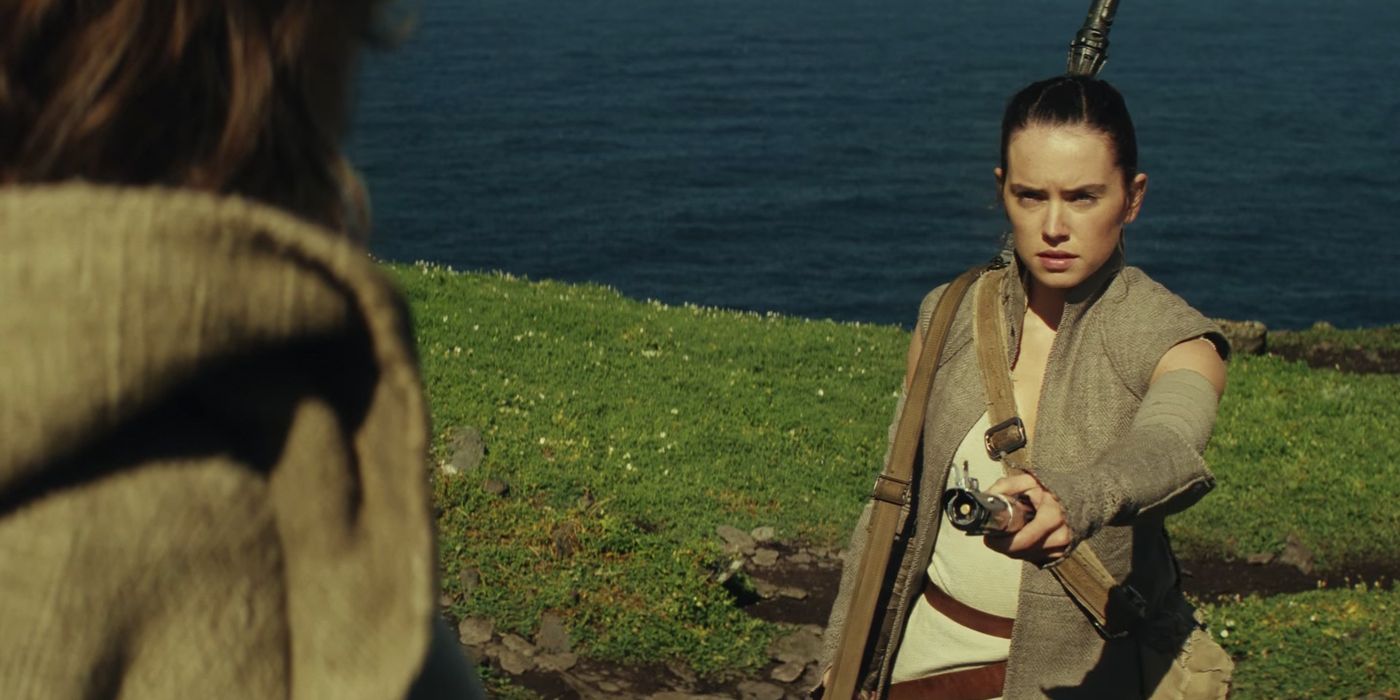
Even characters who show up in The Last Jedi aren’t the same as how they were left in The Force Awakens, despite the fact that the former takes place directly after the latter. Luke, for example, has completely contradictory motives. In The Last Jedi, he tells Rey that he came to Ahch-To to die, disregarding the fact that Ahch-To is the home of the first Jedi Temple. One would assume that a person seeking death, while also disconnecting themselves from a certain way of life, wouldn’t seek out a home on the very island where said way of life was first conceived. Obviously, this was a hole in which Johnson had no way of escaping given the setup in The Force Awakens, which only further defends the point that The Last Jedi is an unfaithful sequel.
Related: The Last Jedi Director Explains Rey’s Ahch-To Cave Vision
It’s worth noting that Johnson had finished the script for The Last Jedi before The Force Awakens was released. It’s not as though The Last Jedi’s changes or lack of follow-through was a deliberate reaction to everything Abrams had set up, but that also doesn’t get him off the hook. Everything that prevents The Last Jedi from being a solid sequel is the sense that there was no dialogue between Abrams and Johnson, as well as the sense that Disney potentially gave their directors too much artistic freedom. Sequels, by definition, are supposed to “continue the narrative of a preceding work,” and though the story that Johnson told made for first-rate Star Wars, it also reeks of apathetic continuity. Our best shot at closure is having Episode IX round out this new trilogy with an explanation for every setup The Last Jedi chose to neglect. With luck, this won’t come at the expense of the story.
”
Do you think Episode IX will explain everything J.J. Abrams set up in The Force Awakens? Let us know your thoughts in the comments!
More: The Last Jedi’s Big Twist Explains Confusing Force Awakens Moment
Key Release Dates
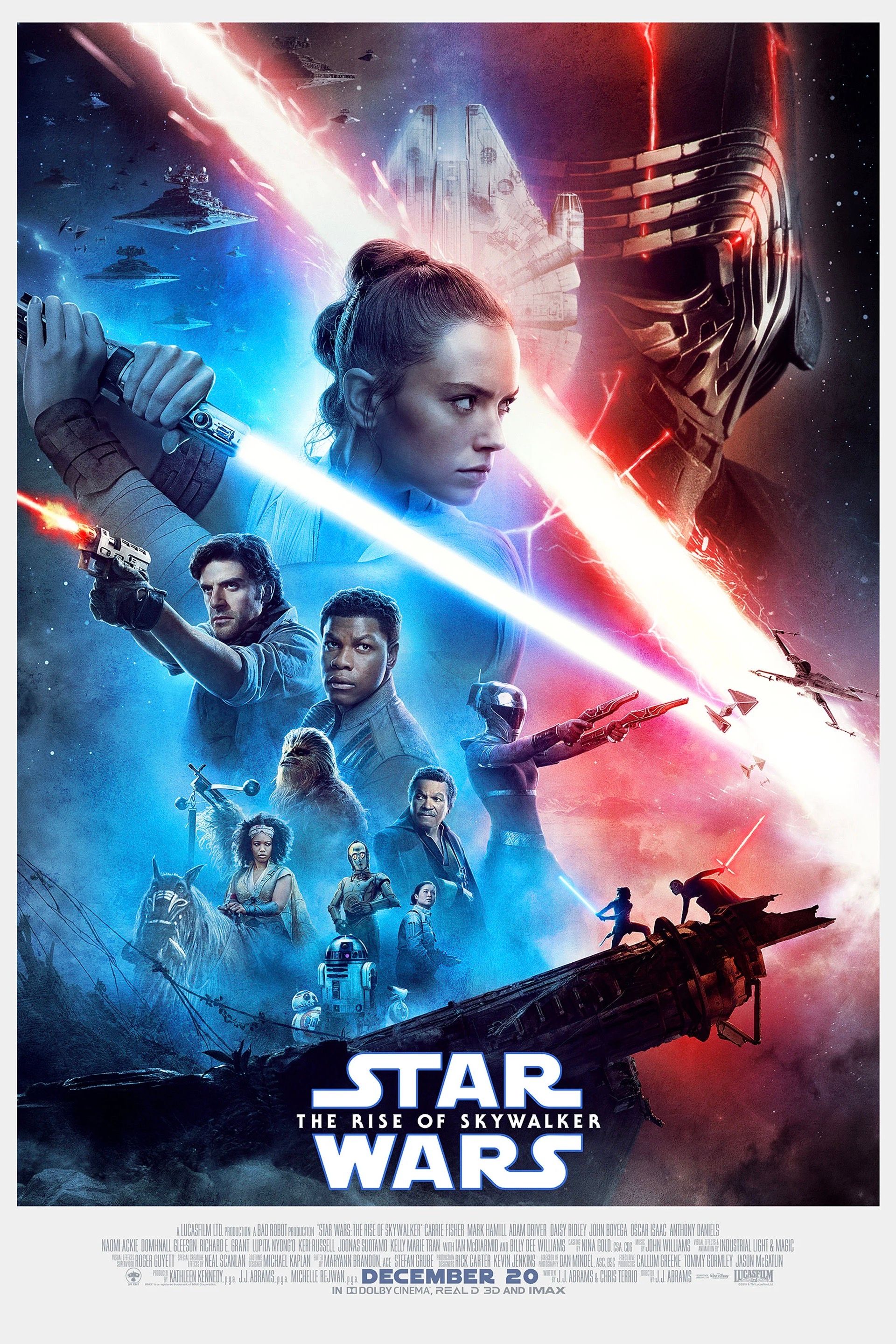
Star Wars: Episode IX- The Rise of Skywalker
Release Date:2019-12-20
